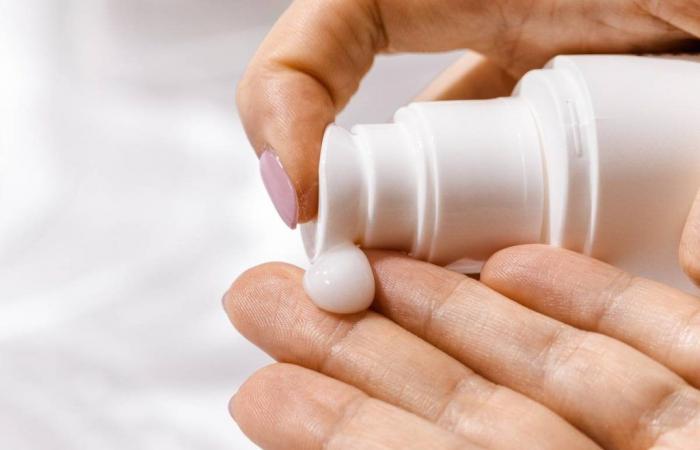We have now officially entered the summer season and for many it is holiday time: an essential accessory to bring with us, as reiterated by dermatologists, is the sunscreen, essential for maintaining the health of our skin. According to industry experts, the lotion should even be applied even when we are not on the beach. Thanks to the period in which we find ourselves, the sun’s rays have a greater intensity, while we are more exposed because we wear light clothes, therefore it is necessary to protect ourselves in every context.
The importance of protection
The doctor talks about how important it is to apply protective lotion on our body Anna Rita Giampetruzzi, director of the Dermatology Unit of the Immacolata Irccs Dermopathic Institute. As the professional points out, in summer the radiation reaches a particular intensity, so it is even more important to shield yourself. Thanks to the production of melanin, our skin already does an excellent job of protecting itself, but sometimes it’s not enough. Here clothing and cream can guarantee an additional level of shielding.
Burns caused by the sun, as well asprolonged exposure, perhaps during risky hours, can lead to short-term consequences, such as burns, or long-term ones. In the latter case, unfortunately, we also talk about skin tumors, such as epitheliomas. Basal cell carcinomas and squamous cell carcinomas are distinguished.
Sunscreens
Sunscreen turns out to be a precious ally. There are many on the market, suitable for every need. The important thing is not to go beyond the expiry date, because it could affect the effectiveness of the product. As a rule, we know 4 protective factors: Spf 50+, Spf 30-50, Spf 10-20-25, and Spf 6-10. The highest protection, i.e. Spf 50+, is suitable for those with very pale skin or those who tend to burn, while the medium (Spf 10-20-25) is excellent for those who tolerate the sun better and tend to tan.
“If sun exposure occurs excessively for a total amount of hours or if it occurs in the central hours of the day, it can lead to short-term effects, i.e. immediately noticeable, such as sunburn, but it can cause long-term effects therefore risk factors may develop for the onset of skin tumors such as epitheliomas“, explains Dr. Anna Rita Giampetruzzi, as reported by Handle. Before exposure, the doctor advises, is important “take foods rich in antioxidants, rich in vitamin A such as melon, carrots, tomatoes, vitamin C such as citrus fruits, kiwis, peppers and vitamin E such as olive oil and cabbage”. After-sun creams are also recommended.
To lower the risk of the onset of skin tumorsthe protection used should not go below SPF 30.
How to apply the cream
In addition to choosing the lotion, you also need to know how to apply it. The cream should be applied heavily homogeneous, without being hasty. It should be spread especially on the face, also on the nose and ears, as well as on the neck and scalp. Another often overlooked point is the armpits. The creams should be applied before leaving the house, and then every 2-3 hours, and after swimming in the sea/pool.
The best exposure and prevention
The moment in which we decide to expose ourselves to sunlight is also important. As a rule, it would be best to do this during the early morning or late afternoon hours. The central hours of the day, in fact, are characterized by a greater intensity of ultraviolet rays. Valuable advice is to undergo one post-summer dermatological visit. It could make a difference.
We can also carry out an initial check-up on ourselves, but a medical examination remains indicated. To recognize a melanomawe rely on the ABCDE rule, where A stands for “asymmetry”, B for “irregular edges”, C for “multiplicity of colors”, D for “dimensions” (usually more than 6 mm in diameter) and E for “evolution”, i.e. if the mole changes.
Sun and Vitamin D
But the sun does not only produce harmful effects on us, on the contrary.
It is the best ally when it comes to developing vitamin D, essential for the health of our bones and beyond. Vitamin D has an anti-inflammatory function, helps the immune system, and also has a positive effect on some cardiovascular or autoimmune diseases.






